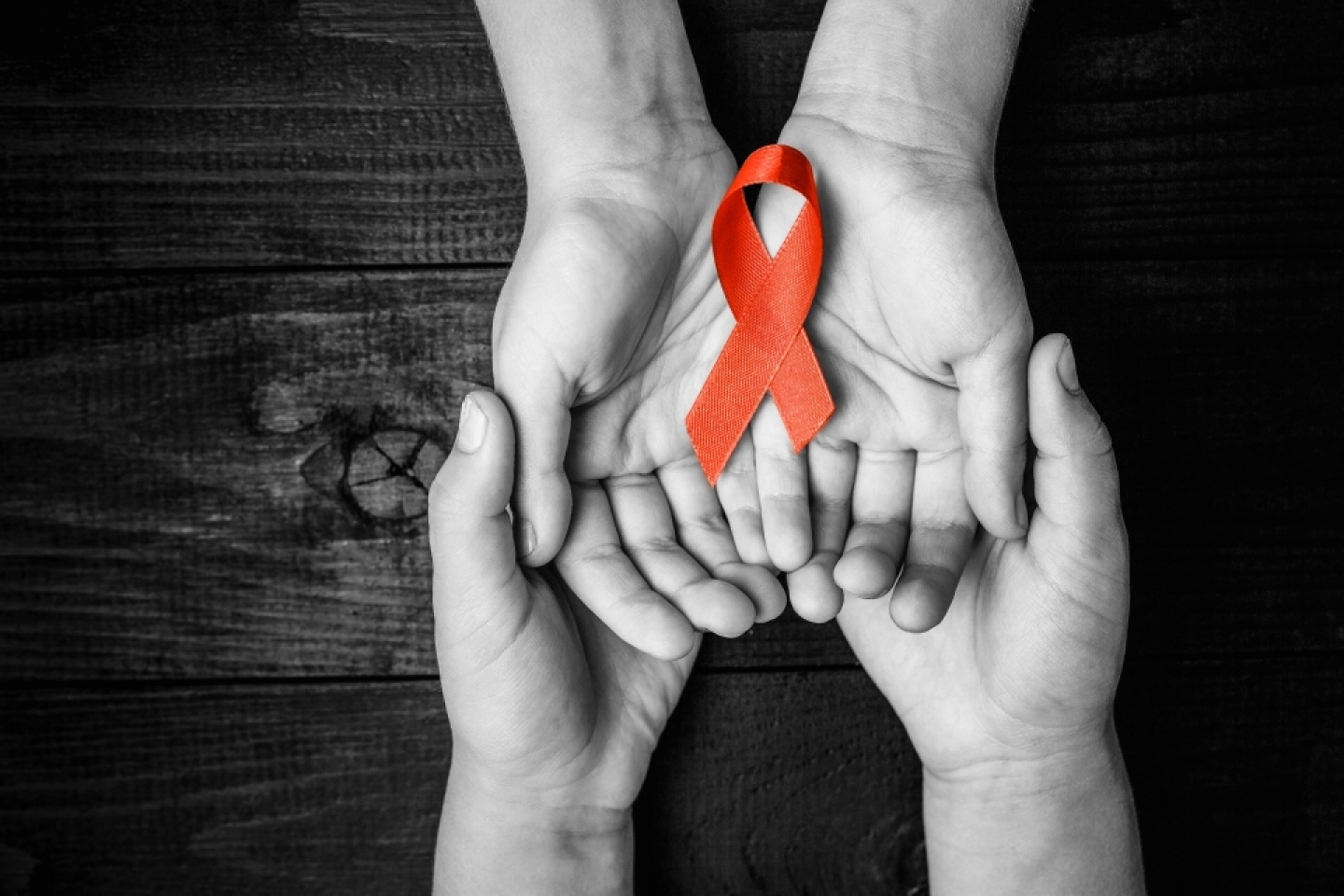
Mention ‘pandemic’ and COVID-19 comes to mind. But long before COVID-19 arrived, another disease was devastating America and the world: AIDS.
AIDS and HIV, the virus that causes it, may not be front-page news today, but they are not gone, says Gregory McWilliams, MD, an internal medicine physician specializing in LGBTQ health. “Currently, 38 million people worldwide live with HIV and AIDS, and as of 2018, 1.2 million people in the United States were HIV-positive,” Dr. McWilliams says. “It’s important as we emerge from the COVID pandemic that we don't forget about the HIV pandemic that may have been left on the back burner.”
Since the first World AIDS Day in 1988, medical science has made tremendous progress in diagnosing, treating, and preventing HIV. From 2015 to 2019, the U.S saw a 9% decrease in the annual number of new HIV diagnoses. “We've come such a long way from first identifying HIV and AIDS, to making it a chronic, manageable disease that can be treated over time,” Dr. McWilliams says.
This achievement stems, in part, from the growing use of HIV pre-exposure prophylaxis or PrEP, a daily pill that individuals at risk for HIV take to protect against it. “PrEP is a game changer,” Dr. McWilliams says. “It's a very safe drug with minimal side effects and is nearly 100% effective in preventing HIV transmission,” he says.
PrEP is especially important for people at high risk for HIV: those in a relationship where only one partner is HIV-negative; men who have sex with men; people who inject drugs; and, individuals who do commercial sex work, says Benjamin Scallon, MD, an internist specializing in LGBTQ health. “The best way to reduce HIV transmission is to effectively treat people who have it by bringing their viral load down to undetectable levels, Dr. Scallon says. “Undetectable means untransmissible. And PrEP is a very useful tool for reducing risk.”
In addition to PrEP, reduced stigma and patients’ willingness to talk openly about their diagnoses and seek treatment have strengthened the fight against HIV, Dr. Scallon says. “Young people are seeking out testing and screening more often than they were,” he says. Although, he adds, stigma still exists within families. “Oftentimes people are concerned that their family will view them as being at fault for contracting the virus, and that's where a lot of fear, shame, and secrecy come from,” he says. “In more accepting environments, like New York City, people are seeking out screening and treatment, which is what we need to eradicate this disease.”
Treatment advances have also helped to improve outcomes for people living with HIV, Dr. McWilliams says. “Treatments are much safer, more effective, and have fewer side effects, than they did 20 years ago,” he says. “Today, one pill a day completely suppresses the virus with minimal side effects.”
But people who are at risk for HIV must know their status, Dr. McWilliams urges. “One of the key ways to end this pandemic is for people to know if they are HIV-positive so we can treat them, make the virus undetectable and therefore not transmittable to their partners or others,” he says.
Meeting the U.S. government’s current goal of eradicating HIV by 2030 will take persuading patients that the virus is treatable and preventable. “Patients who are treated with our current antiretrovirals have life expectancies and quality of life that approach what you would expect if you did not have HIV,” Dr. Scallon says.
Adds Dr. McWilliams, “The number one thing I want to tell my patients is know your HIV status. If you're not infected with HIV, then we can talk about how you can learn to stay that way and whether it involves PrEP. If you are infected, then we can talk about safe and effective treatments that have limited side effects and can help you have a normal life expectancy and quality of life.”